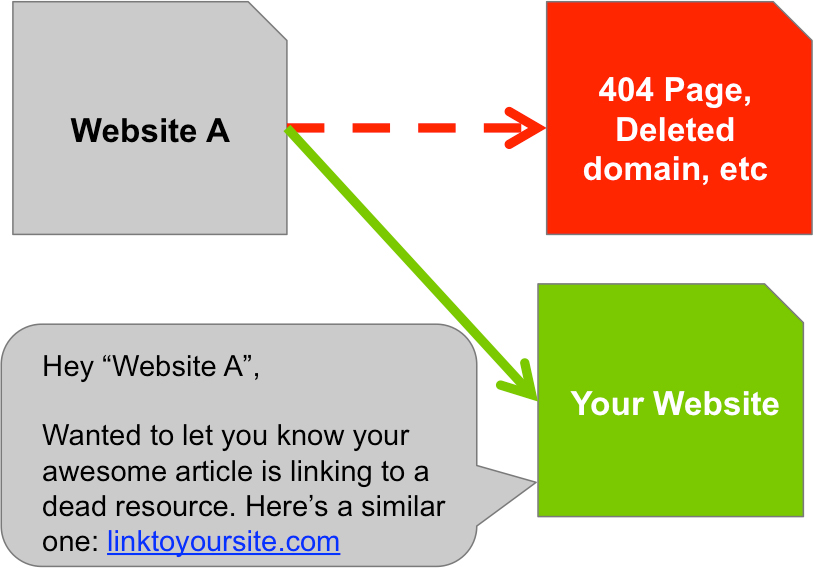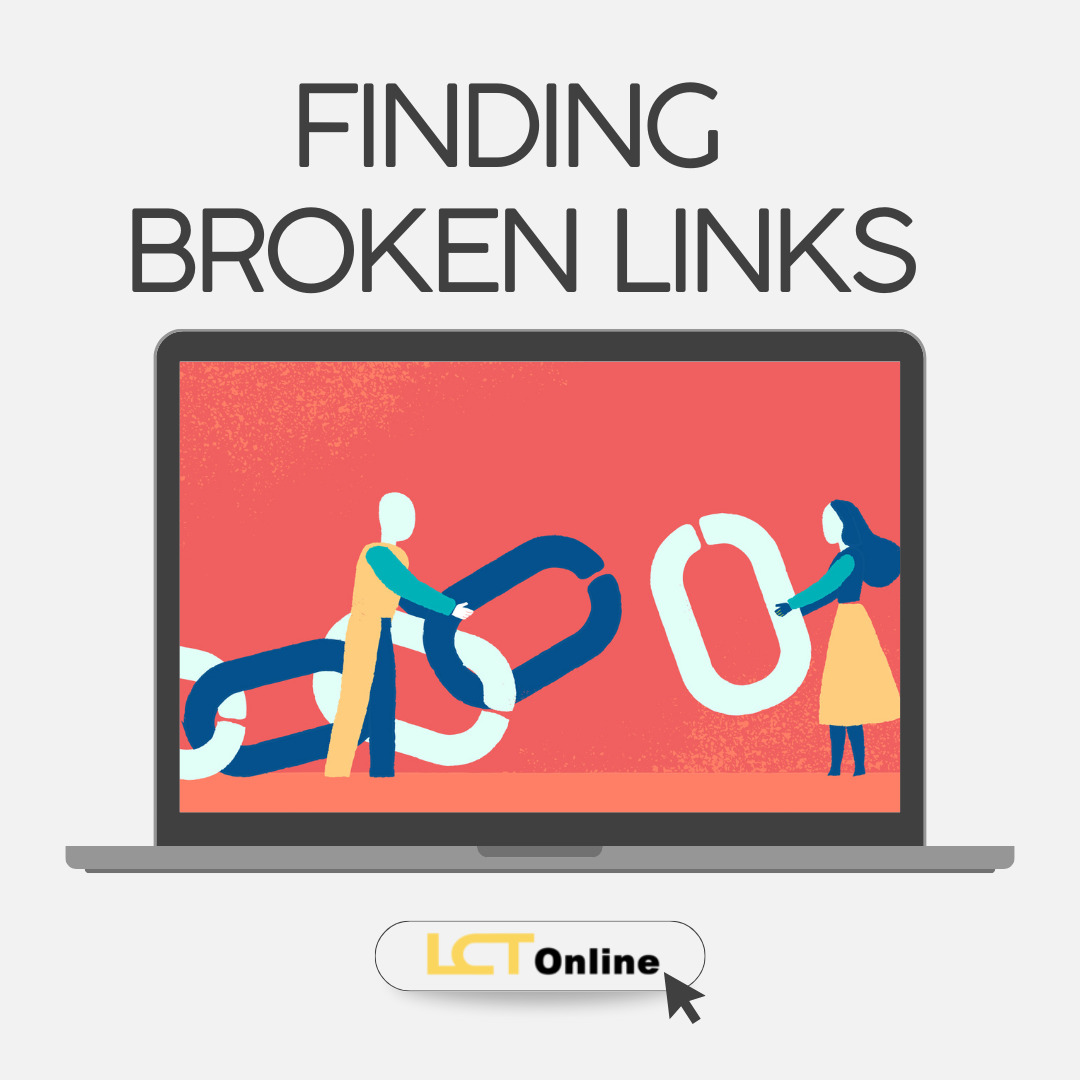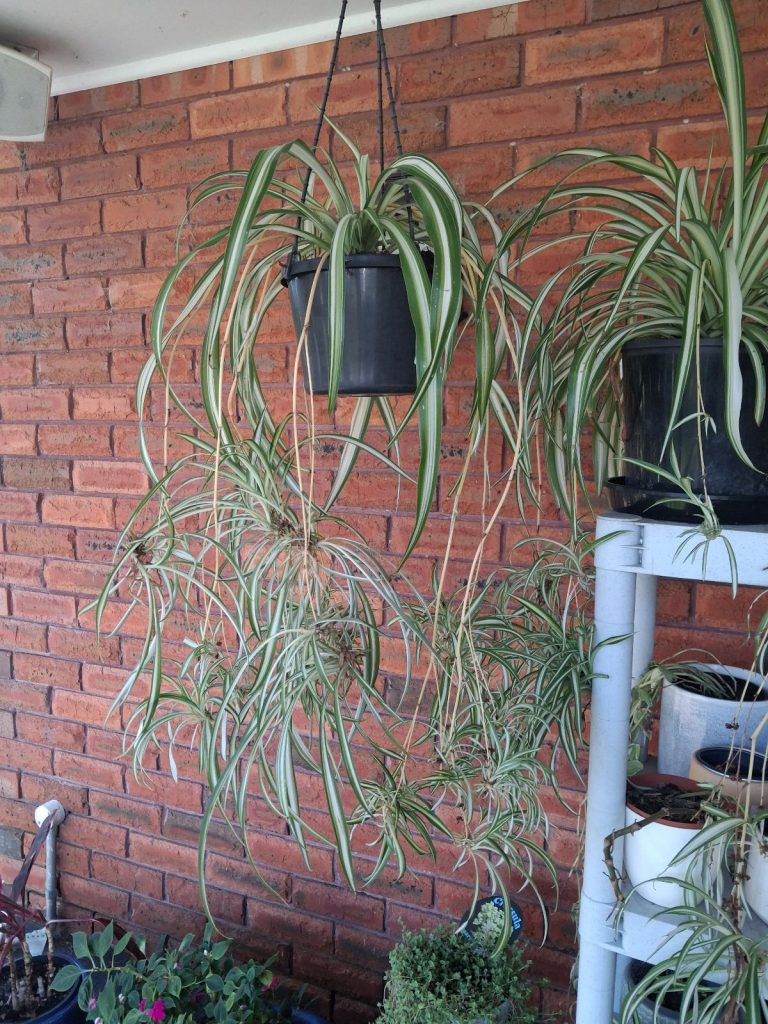
Broken link building is a powerful, white-hat SEO strategy that allows you to identify and replace broken links on other websites with your own content. This method not only helps website owners fix their 404 errors but also gives you the chance to earn high-quality backlinks from authoritative sites. In this comprehensive guide, we’ll walk you through the entire process of broken link building, from finding broken links to crafting effective outreach emails.
What is Broken Link Building?
At its core, broken link building involves identifying dead links (those that return a “404 Not Found” error) on other websites and suggesting that the site owner replace them with a link to your content. This approach is both ethical and effective, as it provides value to the website owner while helping you build backlinks.
Why is it Effective?
- High-Quality Backlinks: You target websites that already have valuable backlinks, increasing the chances of earning a quality link.
- No Paid Links or Black-Hat Tactics: It’s a legitimate, organic method of link building.
- Easy to Scale: With the right tools, you can automate parts of the process and reach out to multiple site owners efficiently.
Step-by-Step Process of Broken Link Building
1. Finding 404 Pages
The first step in broken link building is to find pages on other websites that have broken links. These are often pages that were once valuable but are now outdated or removed.
Tools to Use:
- Ahrefs: A powerful SEO tool that allows you to search for broken links on any website.
- Screaming Frog: A website crawler that identifies broken links, 404 errors, and other technical issues.
- Google Search Console: Useful for identifying 404 errors on your own site, but also helpful for analyzing others’.
How to Use Ahrefs for Broken Links:
- Go to Ahrefs’ Site Explorer.
- Enter the domain of the website you’re targeting.
- Navigate to the “Backlinks” section.
- Filter by “404 not found” to find all broken links.
This will give you a list of pages on the site that have broken links. From there, you can analyze which ones are worth pursuing.
2. Checking Link Quality

Not all broken links are created equal. Some may lead to low-authority sites, while others could be on high-traffic, authoritative domains.
Key Metrics to Consider:
- Domain Rating (DR): Aim for sites with a DR of 40 or higher.
- Organic Traffic: Look for pages with at least 1,000 monthly visitors.
- Dofollow Links: Prefer dofollow links over nofollow links.
Use tools like Majestic SEO or Ahrefs’ Backlink Checker to evaluate the quality of the links pointing to the broken page.
3. Creating a Replacement
Once you’ve identified a broken link, the next step is to create content that can serve as a replacement. Your goal is to offer something better than what was previously there.
Options for Replacement Content:
- Replicate the Original Page: If the original content is still available via the Wayback Machine, you can recreate it with minor updates.
- Create New Content: If the original content is not available, create a new piece that addresses the same topic but with more up-to-date information.
Tips for Success:
- Add new data, tables, or images to make your content more valuable.
- Ensure the content is relevant and high-quality to increase the chances of it being accepted.
4. Outreach and Pitching
After creating your replacement content, the final step is to reach out to the site owner or editor and suggest they replace the broken link with yours.
Best Practices for Outreach:
- Personalize Your Email: Address the recipient by name and reference the specific broken link.
- Be Clear and Professional: Explain the issue and how your content can help.
- Offer Value: Highlight why your content is a better alternative.
Sample Outreach Email Template:
Subject: Broken Link on [Website Name] – Suggestion for Replacement
Hi [Name],
I hope you're doing well. I recently came across your website and noticed a broken link on the following page: [URL].
The link leads to [Dead URL], which is no longer available. I understand that these things happen, but I wanted to suggest an alternative that might be useful for your readers.
I've created a similar resource that covers the same topic and includes updated information. You can check it out here: [Your Content URL].
If you're interested in replacing the broken link with mine, I'd be happy to provide any additional details or support.
Thanks for your time, and I look forward to hearing from you!
Best regards,
[Your Name]
[Your Website]
How to Find 404 Pages Effectively
Finding broken links isn’t just about using the right tools—it’s also about knowing where to look and how to filter results effectively.
Using Ahrefs to Find 404 Pages
- Go to Ahrefs’ Content Explorer.
- Enter a keyword related to your niche.
- Filter results by “In title” or “In content” to get more relevant articles.
- Apply filters like “Referring domains > 100” and “Exclude homepage.”
- Check the “Backlinks” section to see if the page has valuable links.
Other Methods:
- Google Search: Use queries like
intitle:"resources" site:example.comto find resource pages. - Wayback Machine: Check historical versions of a page to see what it looked like when it was live.
- Manual Checks: Visit the page and click on each link to identify broken ones.
What to Avoid When Choosing Content
Not all broken links are worth pursuing. Here are some types of content to avoid:
- Too Newsworthy Articles: News-based content changes frequently, making it hard to maintain relevance.
- Small, Fact-Based Articles: These often lack depth and aren’t worth the effort.
- Old Articles (Over 2-3 Years): Editors rarely update old content, so it’s unlikely to be replaced.
Instead, focus on:
– Articles with Tabular Data
– Detailed Analysis
– Guides with Headings and Subheadings
These types of content are more likely to be valued by editors and are easier to replace.
How to Screen Out Unpromising Pages
Before reaching out to site owners, it’s important to screen out pages that won’t be worth your time.
Steps to Screen Pages:
- Check Backlinks: Use Ahrefs or Majestic to see how many domains are linking to the page.
- Filter by Language and Source: Remove non-relevant links like forums or directories.
- Use “One Link per Domain”: This ensures you’re looking at unique referring domains rather than multiple links from the same source.
If you end up with 30-50 solid referring domains, it’s a good sign that the page is worth working on.
Creating a Replacement Page
Once you’ve identified a broken link, the next step is to create a replacement page. There are two main approaches:
Option 1: Replicate the Original Page
- Use the Wayback Machine to view the original content.
- Copy key phrases and check for uniqueness using Google.
- If the content is still unique, publish it as is.
Option 2: Create New Content
- If the original content isn’t unique, rewrite it or create something entirely new.
- Add new data, tables, or images to make it more valuable.
This approach requires more work, but it increases the chances of the editor accepting your link.
Managing Replies and Follow-Ups
After sending your outreach email, you may receive various responses:
– Positive Responses: The editor replaces the broken link with yours.
– Neutral Responses: They might remove the link without adding anything.
– Negative Responses: You might be marked as spam or ignored.
It’s important to follow up politely and keep track of your outreach efforts.
Tools for Tracking:
- Scrapebox: Free tool to check if your link is added.
- Snov.io: Email tracking tool to see if your message was opened.
Even if you don’t get a response, it’s worth checking back later, as editors may add your link after some time.
Final Thoughts
Broken link building is a powerful, sustainable strategy that can significantly improve your SEO. While it requires some effort and patience, the results are well worth it.
By following the steps outlined in this guide, you can:
– Identify high-quality broken links
– Create valuable replacement content
– Reach out to site owners with personalized, professional emails
Remember, persistence and attention to detail are key. With the right approach, broken link building can become one of your most effective SEO tactics.








